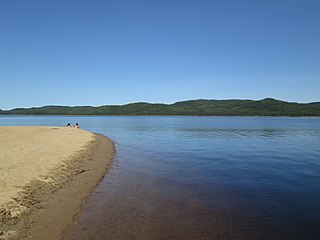| |||||
| Decades: | |||||
|---|---|---|---|---|---|
| See also: | Other events of 1534 History of France • Timeline • Years | ||||
Events from the year 1534 in France
| |||||
| Decades: | |||||
|---|---|---|---|---|---|
| See also: | Other events of 1534 History of France • Timeline • Years | ||||
Events from the year 1534 in France


The 1490s decade ran from January 1, 1490, to December 31, 1499.

Year 1573 (MDLXXIII) was a common year starting on Thursday of the Julian calendar.

Year 1535 (MDXXXV) was a common year starting on Friday of the Julian calendar.

Year 1534 (MDXXXIV) was a common year starting on Thursday of the Julian calendar.

The 1530s decade ran from January 1, 1530, to December 31, 1539.
Year 1478 (MCDLXXVIII) was a common year starting on Thursday of the Julian calendar.
Year 1491 (MCDXCI) was a common year starting on Saturday of the Julian calendar.

Jacques Cartier was a French-Breton maritime explorer for France. Jacques Cartier was the first European to describe and map the Gulf of Saint Lawrence and the shores of the Saint Lawrence River, which he named "The Country of Canadas" after the Iroquoian names for the two big settlements he saw at Stadacona and at Hochelaga.

The House of Montmorency was one of the oldest and most distinguished noble families in France.
Philippe Chabot, Seigneur De Brion, Count of Charny and Buzançois, also known as Admiral De Brion, was an admiral of France.

Jean Le Veneur, son of a Norman baron, was a French Abbot, Bishop, Courtier, royal official, and Roman Catholic cardinal.
Events from the year 1519 in France
Events from the year 1491 in France
Events from the year 1533 in France
Events from the year 1536 in France
Events from the year 1535 in France
Events from the year 1547 in France

The lac Jacques-Cartier, main source of the Jacques-Cartier River, is a glacial lake located in the Laurentides Wildlife Reserve, about 90 km to the north of the city of Quebec, in the unorganized territory of Lac-Jacques-Cartier, in the La Côte-de-Beaupré Regional County Municipality, in the administrative region of Capitale-Nationale, in the province of Quebec, in Canada.
Events from the year 1556 in France
Events from the year 1531 in France